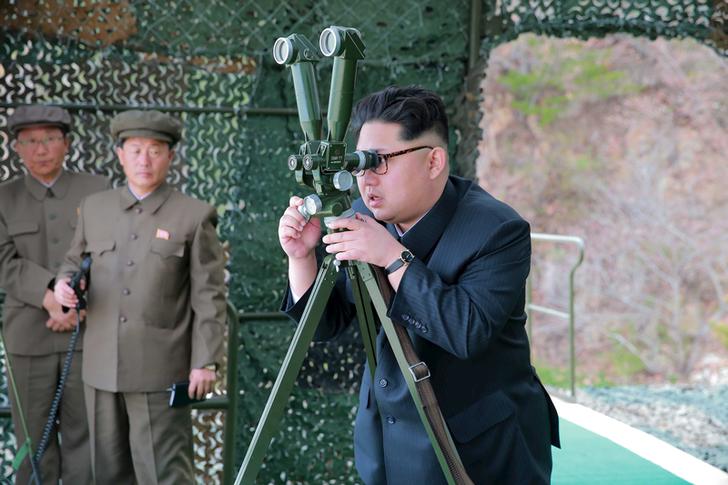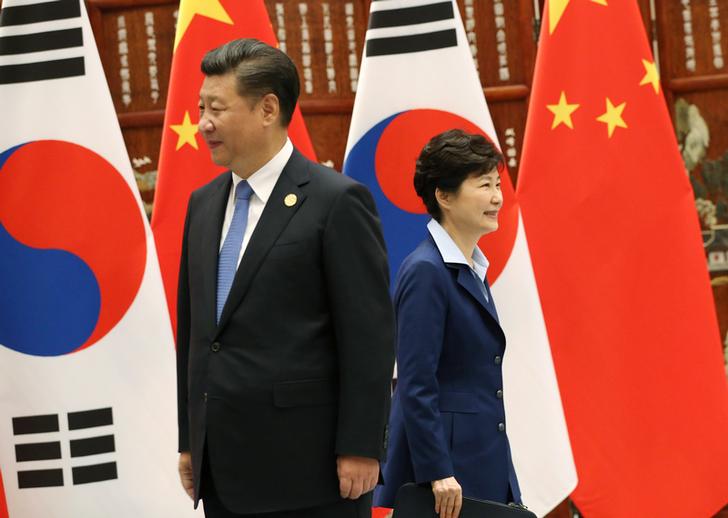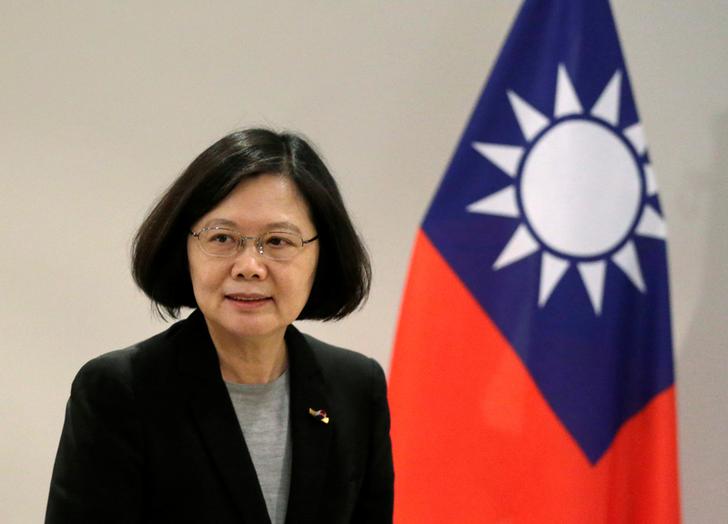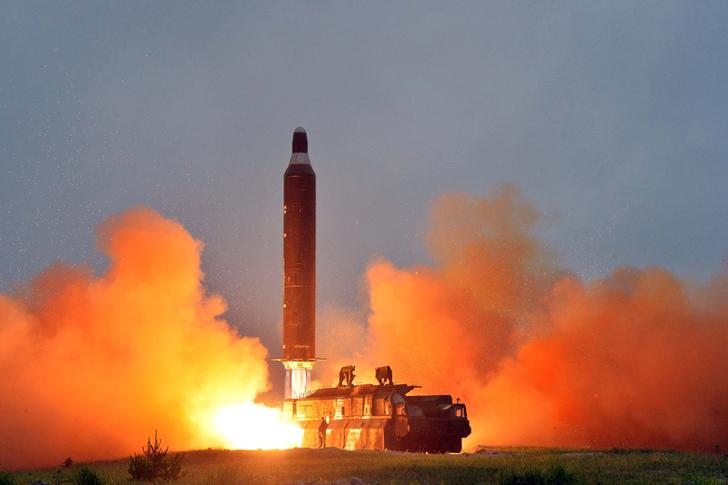How security concerns have shaped east asia in 2016
Other than candidates lambasting China and engaging in arguments over trade agreements, Asia has not been at the forefront in this year's U.S. presidential election. But Eurasia Group's Managing Director and Asia Practice Head,
Evan Medeiros, argues that as 2016 has unfolded, threats to security in Asia have created a greater and more pressing global concern. As the year unfolds, we are focused on the threats to regional security and stability from North Korea, terrorism, and tensions in the East China Sea.
Are there any bright spots? Yes, but only sort of. Beijing and Manila may be headed toward a diplomatic soft landing in the South China Sea and Xi Jinping is showing patience in finding a new modus vivendi for cross-strait ties.
So what do we expect for the rest of 2016? Look for a bumpy landing for security challenges, but a landing nonetheless.
Video and full transcript below.
Today we are going to talk about threats to regional security and stability in East Asia. Early in the year, we were very focused on the challenges of the South China Sea and the China-Taiwan question. As the year unfolds, we are focused much more on the threats to regional security and stability from North Korea, terrorism, and the East China Sea. In short, the security complexion of the region has evolved and changed in important ways throughout 2016.
On North Korea, it has reemerged as a major threat to regional stability. In particular, North Korea already this year has done something it has never done before. It has conducted two nuclear tests as well as twenty-two missile tests demonstrating new capabilities, such as a submarine launch ballistic missile, and the Musudan IRBM. This uptick in the threat is precipitating discussion among Washington, Seoul, and Tokyo, about coercive actions that have been off the table to date. But China is getting more dovish as the Hawks spread their wings, hoping to avoid pushing the North toward greater provocations. This changing alignment is only going to worsen as North Korea advances its nuclear and missile programs, so expect more great power tensions in Northeast Asia.
A second major threat that has reemerged in the region is the threat of terrorism. ISIS has reared its ugly head in Asia in 2016 in a way that indicates it will be a persistent threat to regional security and stability in 2016 and going forward. Through ISIS' creative use of the internet and social media, its mobilized populations to conduct violence in Asia, with a number of attacks in Indonesia, Malaysia, and Bangladesh this year. ASEAN states are ill-equipped to handle this threat due to a combination of inappropriate approaches and lack of capacity.
A third threat that has reemerged is the East China Sea. There have tensions there in August following an uptick in Chinese coastguard presence. This has stabilized but we are concerned that the East China Sea has become Beijing's preferred method for signaling frustration with Japan's more active military posture in Asia and its way of signaling to Tokyo not to get involved in the South China Sea.
So our analysis of the security landscape raises the obvious question: Are there any bright spots? And the answer is yes, but only sort of. On the South China Sea, since the July 12 arbitral tribunal ruling, which ruled against China on most issues. Neither China nor any of the other claimants have taken any provocative actions. Beijing's response has mainly been talking tough in public, but privately it has signaled it won't take any provocative actions as long as any of the other claimants or the United States don't. And it appears as if Manila and Beijing are exploring the realistic possibility of some kind of diplomatic soft landing, so watch this space.
On Taiwan, Beijing appears to be showing a surprising degree of patience to see if both sides can find a new political modus vivendi for cross-strait relations. Following President Tsai's inaugural speech in May, where she did not accept Beijing's preferred formula called the 1992 consensus, which basically is both sides agreeing to disagree about one China, Beijing has imposed moderate penalties, but it could have done much more. We do not expect President Tsai of Taiwan to give anything further in her October 10 national day speech, but Xi Jinping appears postured to give her some time and space to see if she can gradually move forward.
So what do we expect for the rest of 2016? We expect a bumpy landing for security challenges but a landing nonetheless.

 North Korean leader Kim Jong Un guides on the spot the underwater test-fire of strategic submarine ballistic missile in this undated photo released by North Korea's Korean Central News Agency (KCNA) in Pyongyang on April 24, 2016. Photo: REUTERS/KCNA
North Korean leader Kim Jong Un guides on the spot the underwater test-fire of strategic submarine ballistic missile in this undated photo released by North Korea's Korean Central News Agency (KCNA) in Pyongyang on April 24, 2016. Photo: REUTERS/KCNA


